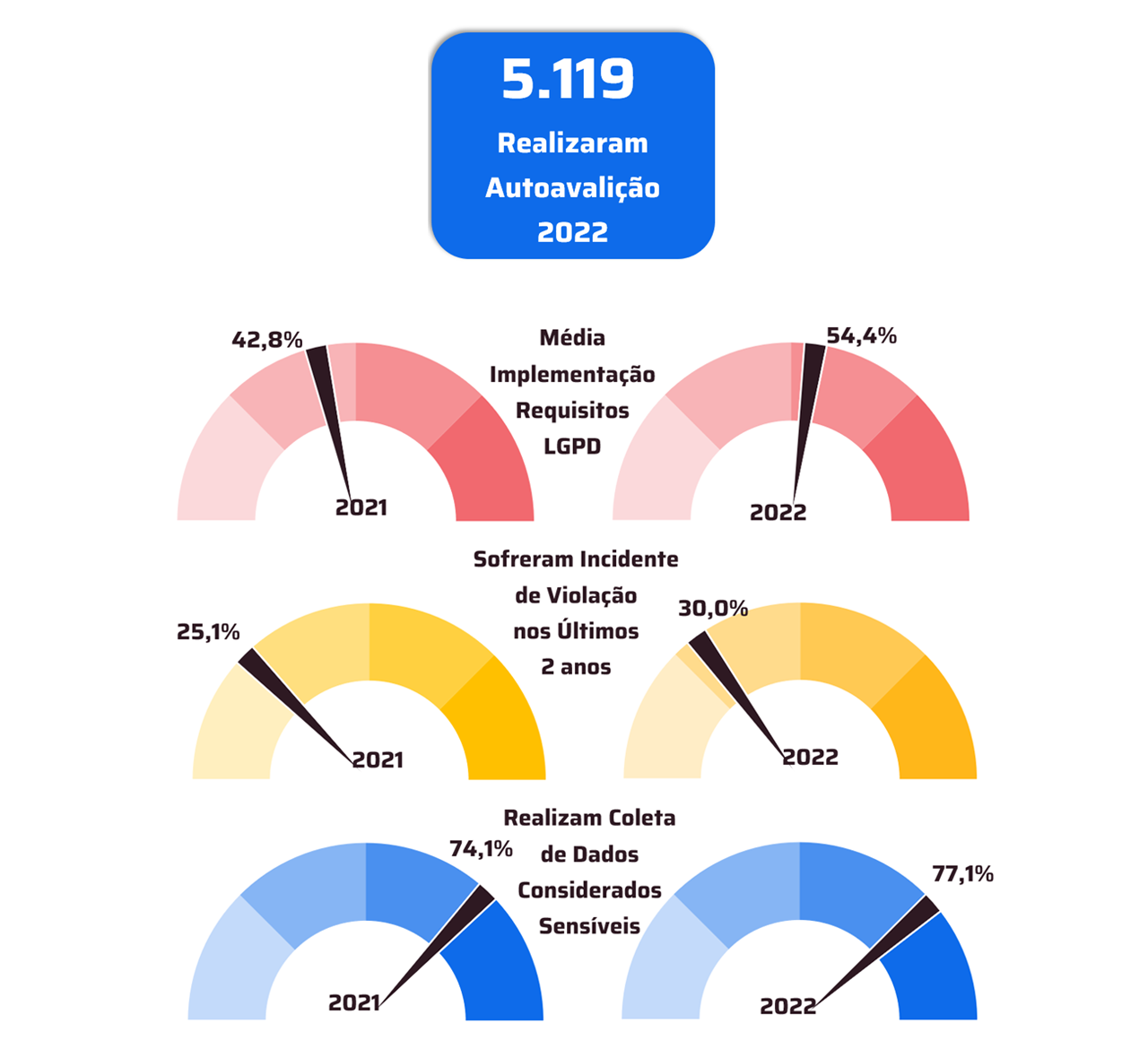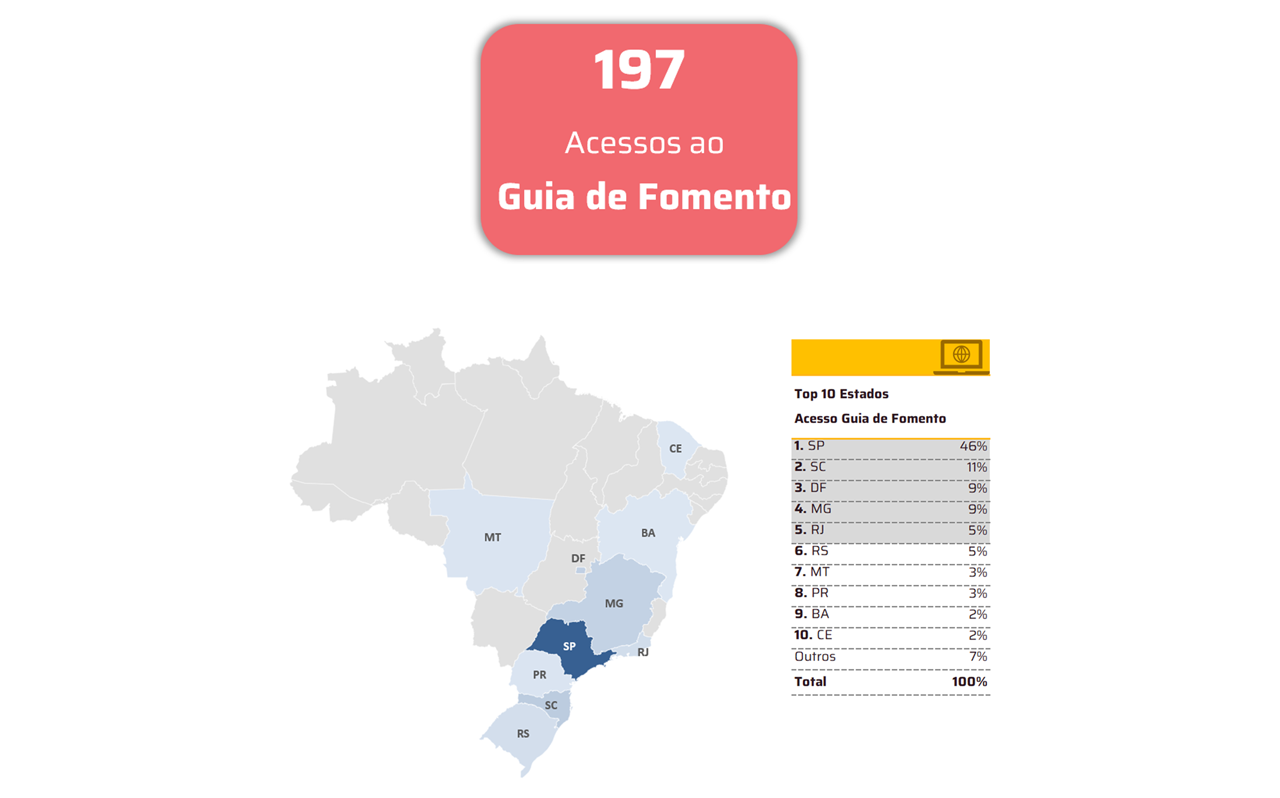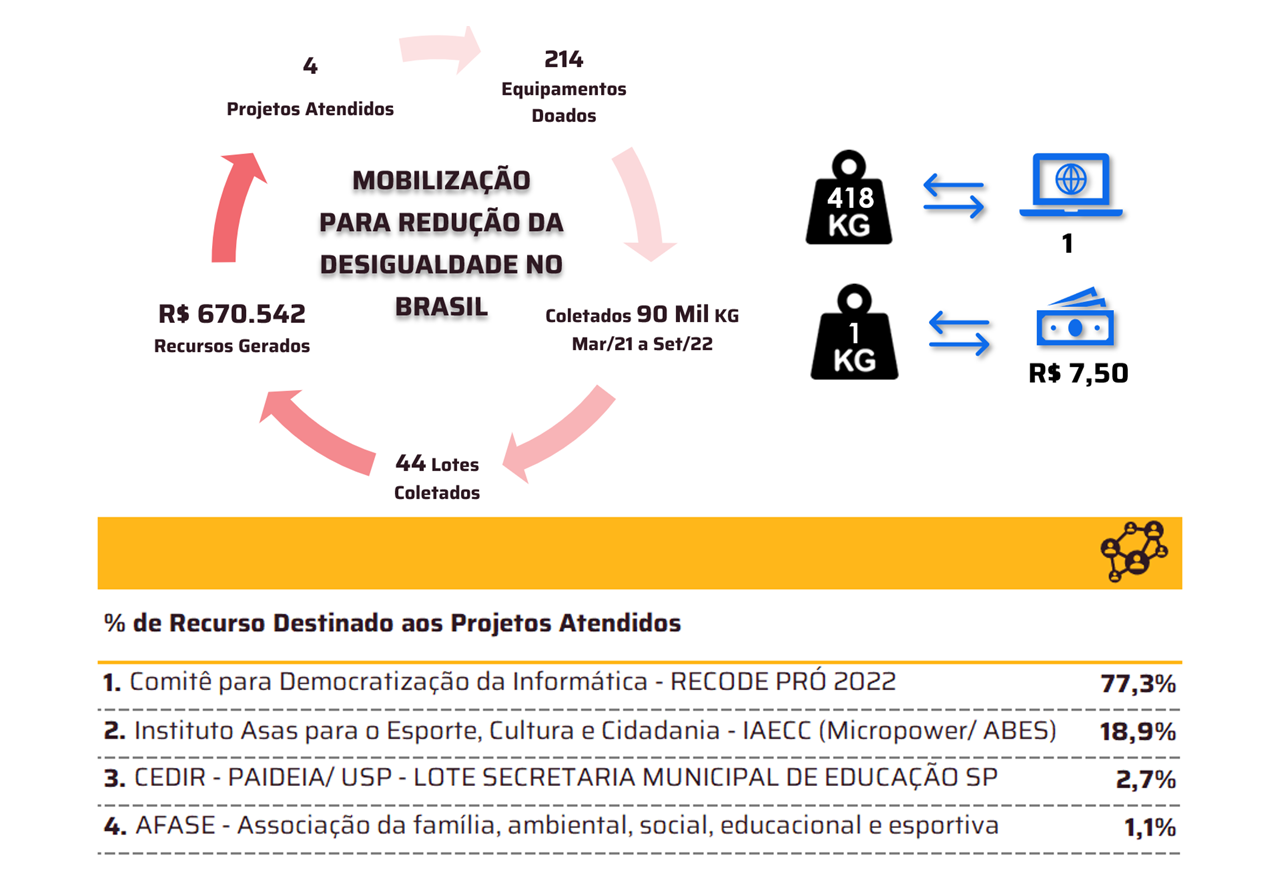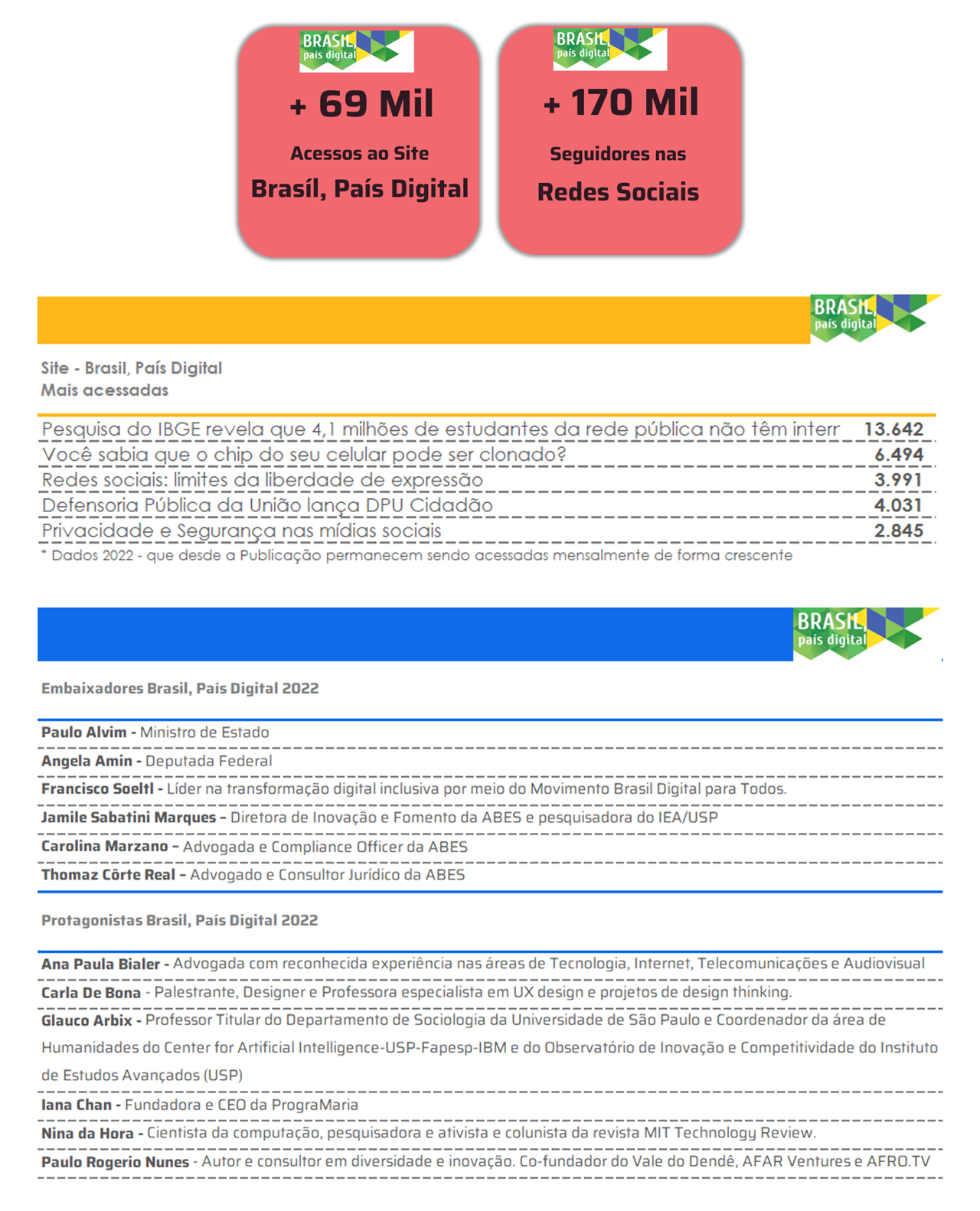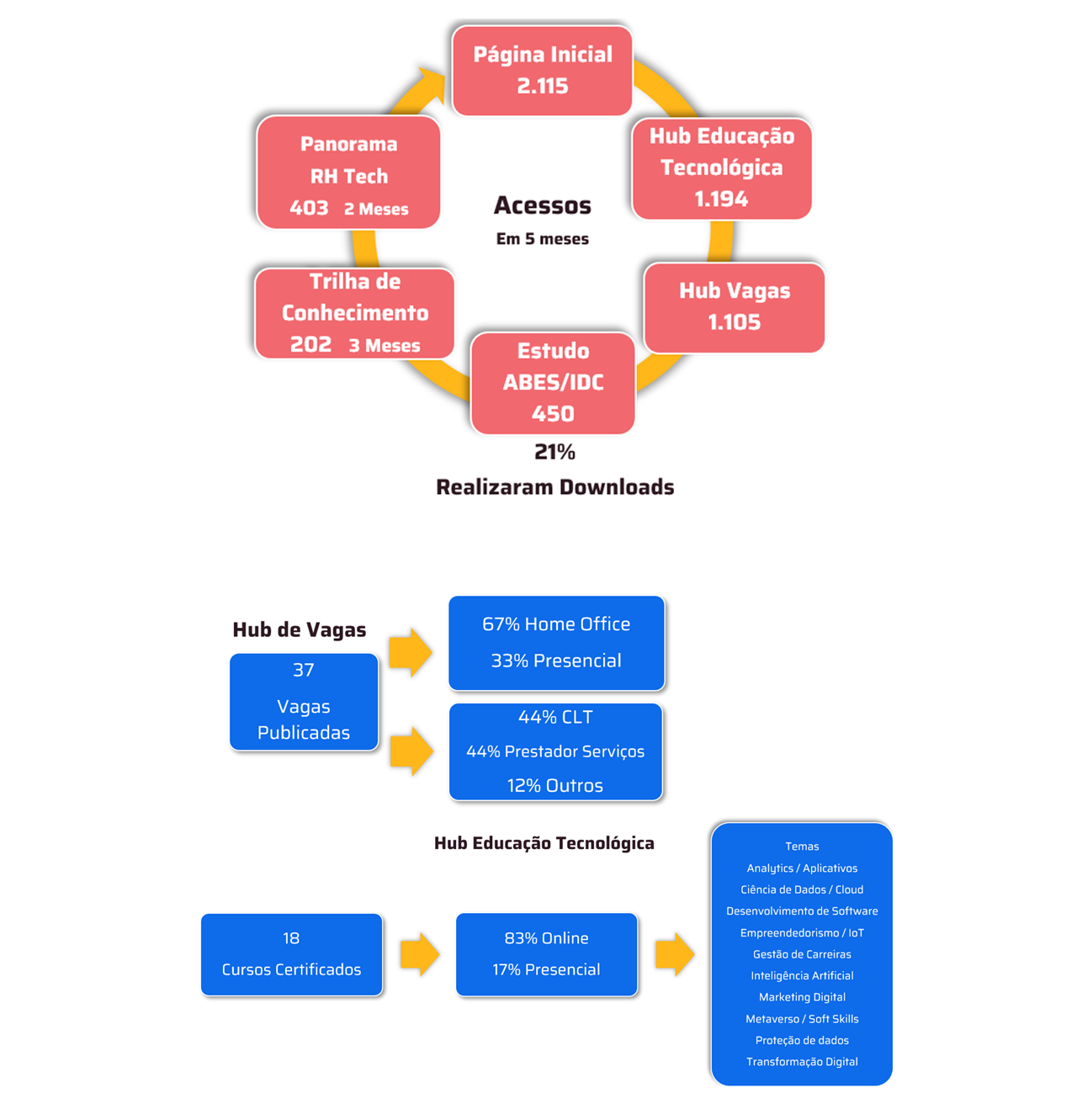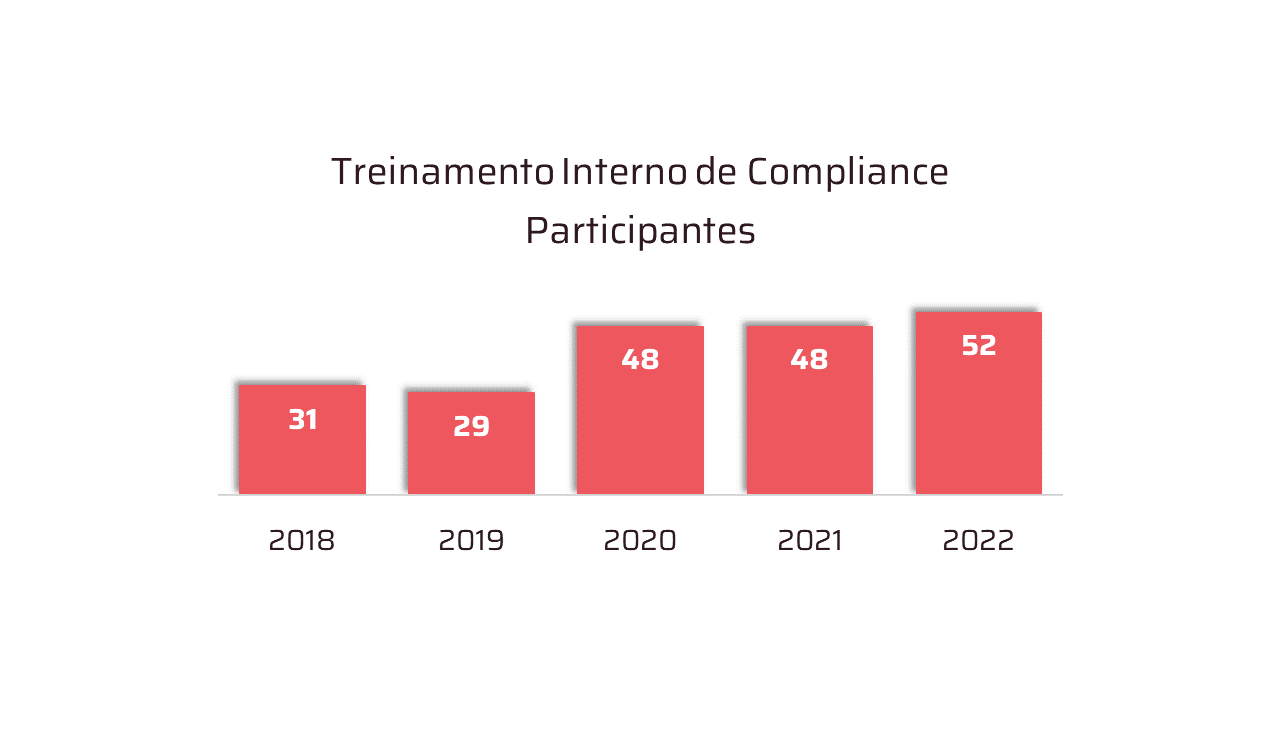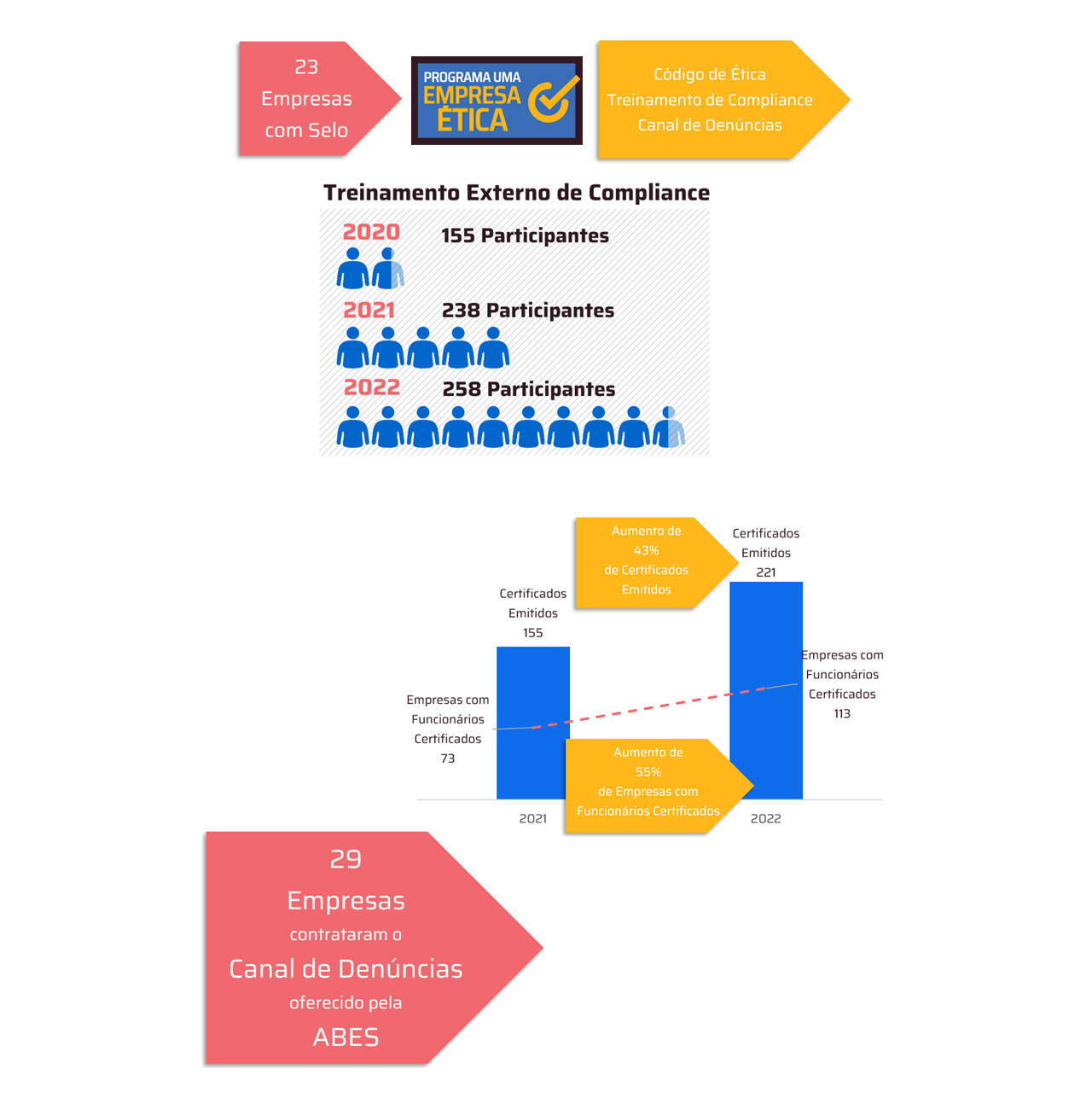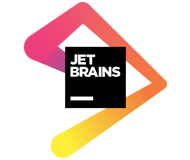Rapid advances in AI, evolving regulations, and sustainability pressures make 2025 a pivotal year for observability, driving innovation and resilience
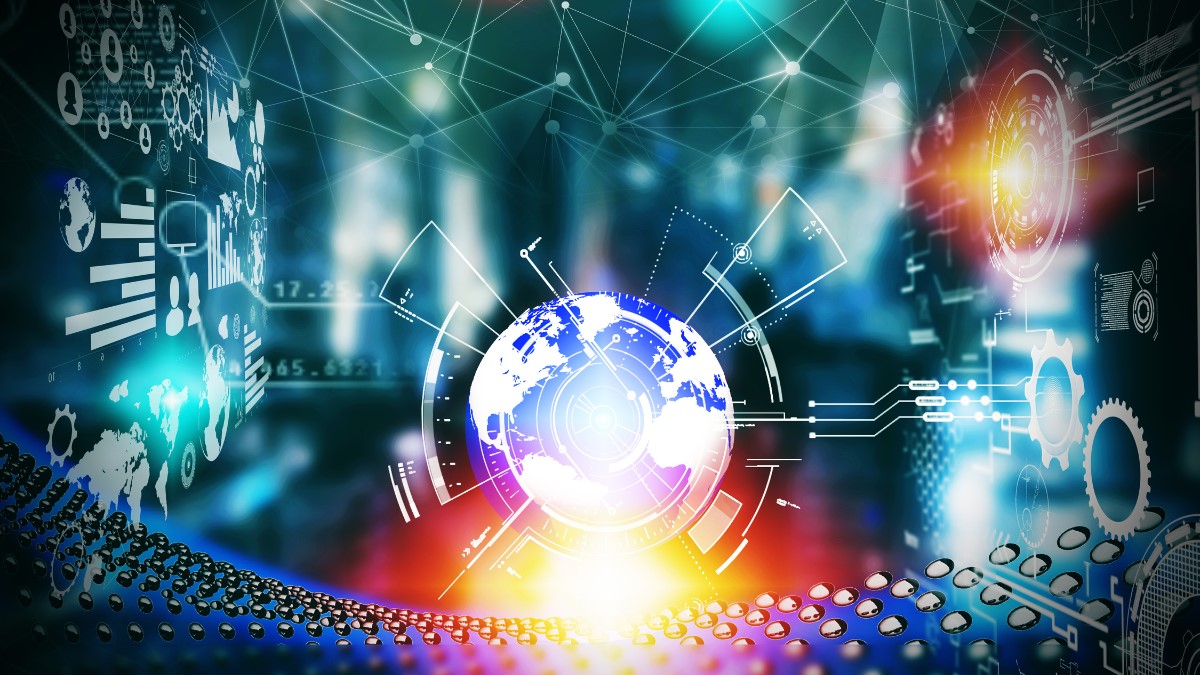
THE Dynatrace Today, the company announced five key observability-focused predictions for 2025, highlighting how technology will continue to evolve to meet the needs of a rapidly changing landscape. The predictions range from new standards for automation and convergence with cybersecurity to redefining sustainability in IT. These evolutions represent not just technological advancements, but paradigm shifts in how organizations operate, innovate and compete.
The year 2025 will bring a turning point for organizations navigating increasingly dynamic and interconnected IT environments.
“Observability, long a cornerstone of IT operations, will take on new transformative roles,” says Bernd Greifeneder, CTO and Founder of Dynatrace. “Driven by rapid advances in Artificial Intelligence (AI), evolving regulatory frameworks, and increasing pressures for sustainability, observability will no longer be a passive diagnostic tool. Instead, it will lead to proactive, automated, and intelligent operations.”
The main observability predictions for 2025 are:
1 – Observability will move from reactive to preventive
Predictive observability will move beyond siloed systems to autonomous, interconnected ecosystems, redefining how organizations ensure reliability and resilience. These ecosystems will function seamlessly across distributed environments, leveraging AI to understand the real-time context of digital services. This capability enables automation to predict and prevent issues, ushering in an era of foresight and collaboration.
Unlike previous AIOps approaches that struggled to deliver results due to limited contextual understanding, this new generation of AI-powered observability integrates insights across systems to identify root causes, predict cascading failures, and act autonomously in real time. A logistics company, for example, can identify potential bottlenecks in supply chains and reroute shipments before delays occur. In healthcare, observability can predict system slowdowns during critical periods, ensuring uninterrupted patient care. Predictive observability can generate operational insights that can be shared across multiple sectors, creating a level of interconnection that drives operational excellence.
2 – Observability and security converge around continuous compliance
By 2025, compliance will no longer be a static exercise, especially for global companies facing a wave of new regulations around the world. Continuous compliance will evolve into a dynamic, real-time system driven by evolving security standards and regulatory frameworks.
This shift increases the need for convergence between observability and cybersecurity, providing unified insights to address compliance, reduce redundant data collection, and strengthen threat detection and incident response. AI systems will continuously monitor threat exposure to assess risks and prepare configuration adjustments, which can be reviewed and approved by humans or applied automatically, ensuring compliance is maintained without disrupting operations. This human approach will be essential to maintaining accountability, especially when regulatory violations need to be reported to government institutions or competent national authorities. Continuous compliance will also replace periodic audits with automated systems that monitor, analyze, and alert on adherence to regulations.
3 – Observability becomes mandatory for any serious IT sustainability strategy
Sustainability will be at the center of strategies in 2025 as organizations face increasing energy demands from cloud environments and increasingly AI-driven operations. Observability platforms will become essential for monitoring and optimizing the energy consumption of AI workloads, identifying inefficiencies and enabling intelligent load distribution, while also reducing operational costs and aligning with cloud provider sustainability commitments and regulatory compliance.
A global retailer, for example, could leverage observability to monitor energy efficiency in its data centers and reduce its carbon emissions. With platforms that offer automatic topology discovery and mapping, a team can easily identify underutilized resources, revealing significant opportunities for architectural optimizations—often referred to as “green coding.” These platforms can also enable intelligent orchestration for dynamic resource utilization.
4 – Observability becomes indispensable for services driven by Artificial Intelligence:
The rise of AI-powered services introduces new complexities that make observability more essential than ever. With observability, teams will be able to build and operate new AI-powered digital services to achieve performance and reliability while keeping in mind costs, AI drift, user experience, and transparency. These capabilities will give organizations the confidence to deploy AI technologies at scale.
As enterprises adopt AI-driven services for predictive maintenance, financial forecasting, or cybersecurity, observability platforms will go beyond monitoring system performance to include visibility into queries being made to AI. With this clarity, companies can identify potential errors, correct biases, and ensure that decisions are aligned with business goals and ethical standards. Observability will empower enterprises to safely scale AI systems while maintaining accountability, reducing risk, and building trust.
5 – The resurgence of AIOps to its full potential
AIOps has long promised to transform operations, but its fragmented technologies and limited context have prevented it from reaching its full potential. In 2025, AIOps will finally deliver on its promise, driven by advances that enable AI systems to communicate and collaborate effectively. This evolution will redefine how organizations manage IT and business operations, setting a new standard for predictive operations.
The breakthrough comes from integrating multiple AI techniques to work together toward common goals. Through interconnected AI systems that specialize in prediction, precision processing, and remediation, AIOps will provide intelligent automation and real-time root cause analysis. These systems will predict outages, resolve issues before they escalate, and ensure business continuity. By integrating these capabilities, AI can provide insights and take more accurate action by analyzing data in context and continuously learning from operational feedback to drive business efficiency.
Regarding the Dynatrace
THE Dynatrace exists to make all software work perfectly. Our end-to-end platform combines deep, broad observability and continuous runtime application security with Davis® Hypermodal AI to deliver answers and intelligent automation from data at scale. It’s what enables teams to modernize and automate cloud operations, deliver software securely and quickly, and ensure unparalleled digital experiences. And it’s why leading enterprises trust the Dynatrace® platform to accelerate their digital transformation.





